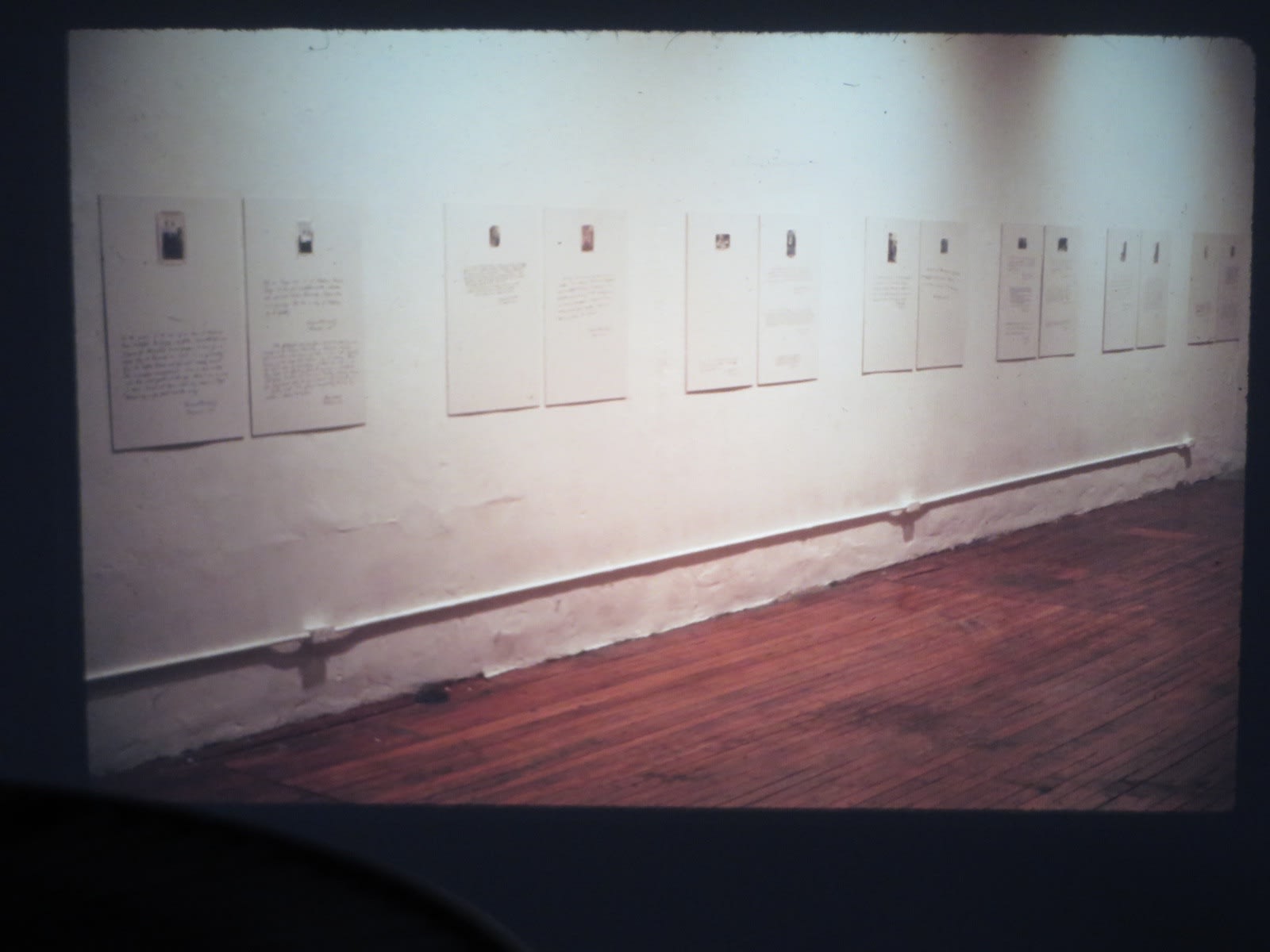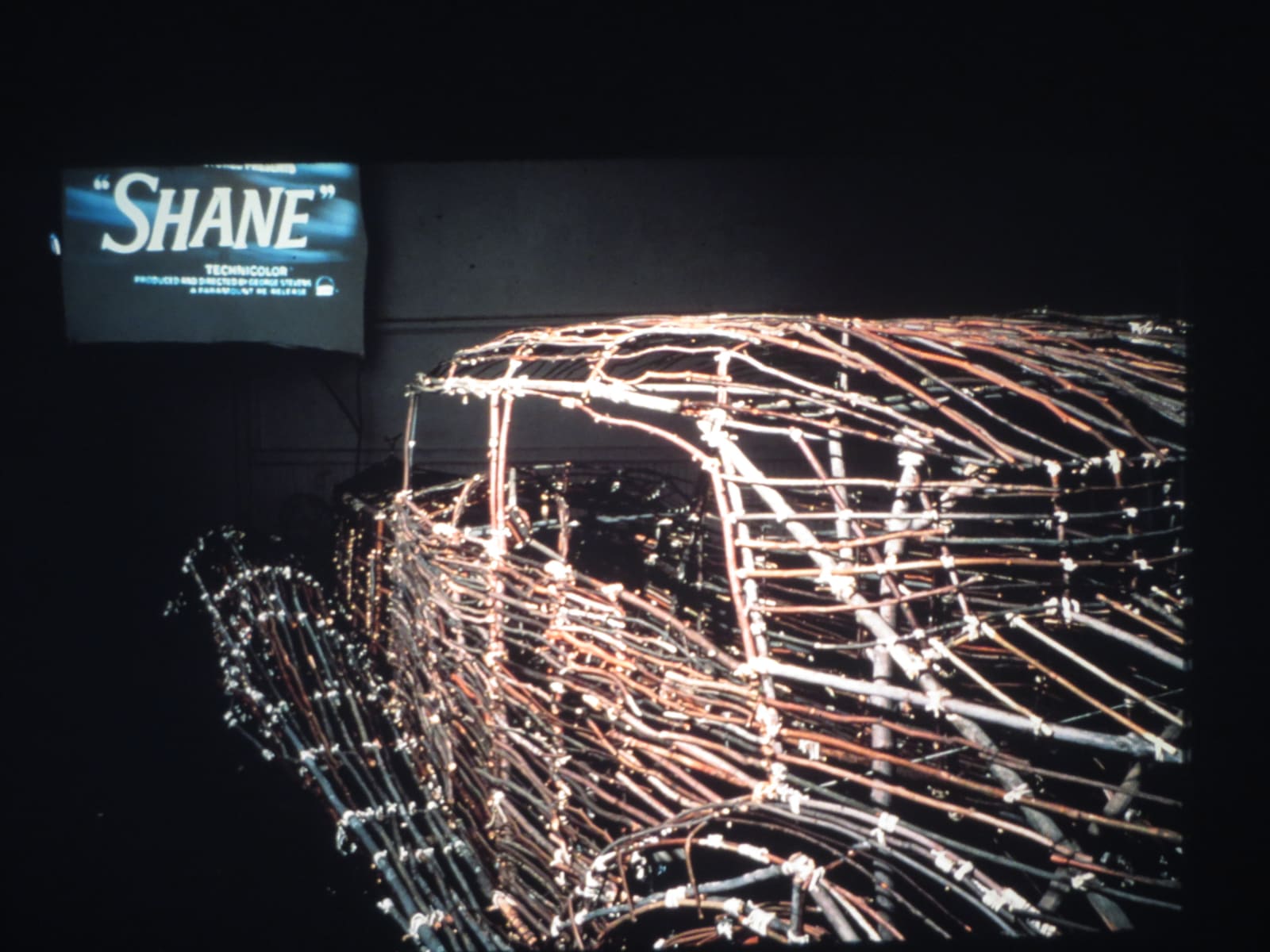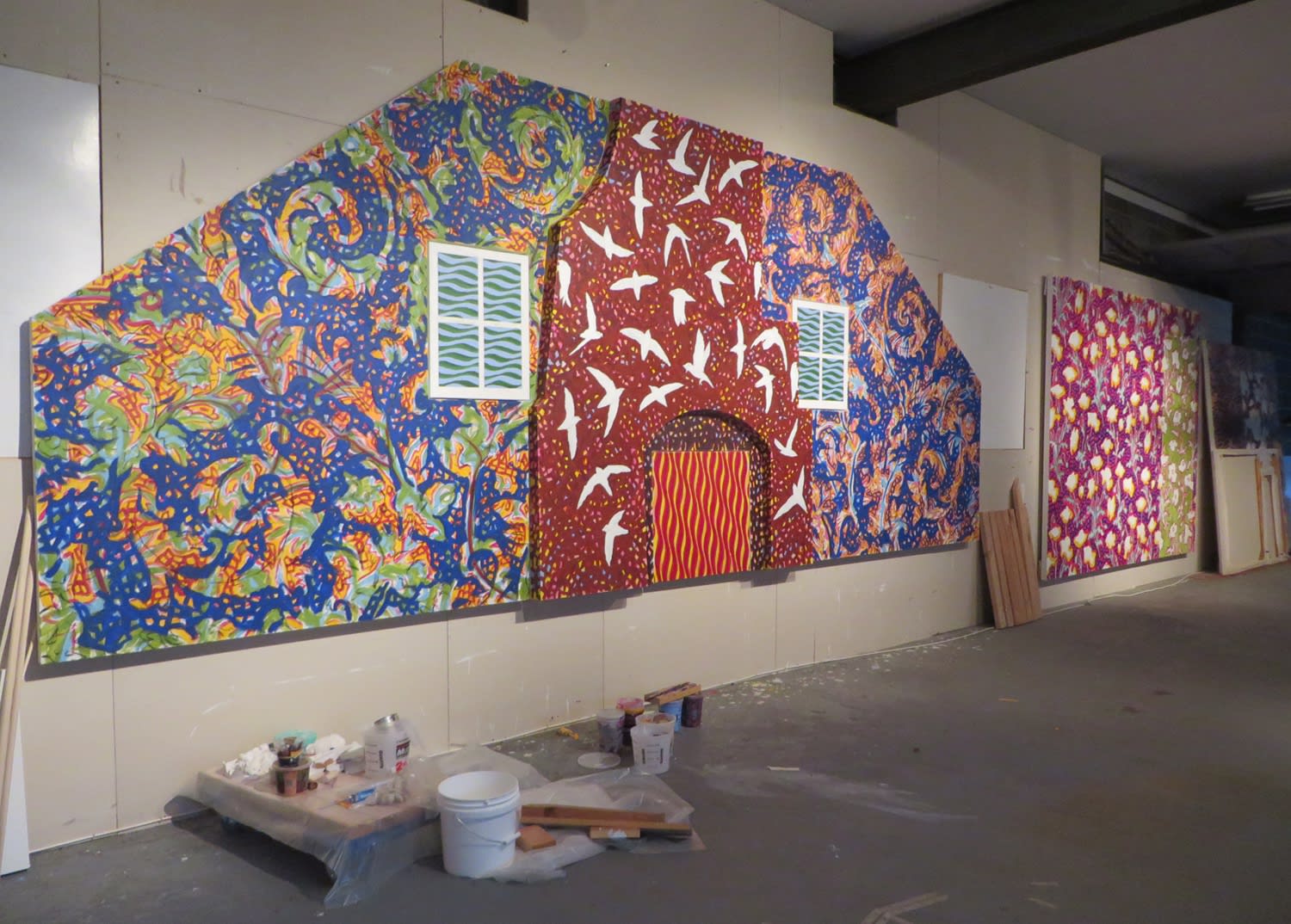American artist, Roger Welch passed away in New York City on December 29, 2022, he was 76 years old. Roger Welch was a multidimensional conceptual narrative artist whose installations, films, photographs and performances explored the theme of memory across past, present, and future time as it relates to identity, recollection, and personal experience.
Born in Westfield, New Jersey in 1946, he studied fine art at Miami University in Oxford, Ohio (1966) and at the School of the Art Institute of Chicago. Influences included Frank Stella, Kenneth Noland, Robert Smithson, Douglas Huebler, and Charles Hinman. As a scholarship student at Kent State University Blossom Art Program, he studied under Op-Artist, Richard Anuszkiewicz and had his first solo exhibition of minimalist paintings (Western College Art Museum in Oxford, Ohio) was in 1968.
In the late 1960s, Welch started creating Conceptual and Performance art (such as “High Jump” and “Mississippi River Measure”), documented in the art publication, Interfunktionen, and met Dennis Oppenheim who became a lifelong friend. In the early 1970s, Welch received a scholarship to the Whitney Museum Independent Study Program, NY. He met Robert Smithson and befriended Nancy Holt, Joan Jonas, Bill Beckley, Les Levine, Gordon Matta-Clark, William Wegman, Colette Lumiere, Hannah Wilke, and Richard Serra.
Welch’s first solo NYC exhibition at 98 Greene Street, run by Holly Solomon, included his performance work. He also began the 16mm feature film, “WELCH,” focused on family memories through home movies, vintage photography, and verbal and written participation from family members. Covering the period 1927 to 1972, the absorbing view of an upper middle-class family living in Westfield, New Jersey through the generations becomes a panorama of American life. The film was exhibited at Sonnabend Gallery in NYC in 1972, together with mixed media multi-panel works created from vintage photographs and period written documents.
In 1973, Welch had his first solo exhibition at the legendary John Gibson Gallery in New York, documented performances during which Welch produced a series of maps drawn from the childhood memories of elderly people. The exhibit was followed by a solo show at the Milwaukee Art Museum. The 1970s were the years of Welch’s multimedia installations, such as “The Niagara Falls Project” (1974), exhibited at Steffanoty Gallery, NY and reviewed by The Village Voice, Arts Magazine, Artforum. Another landmark installation about subjectivity and memory was “Preliminaries, First Round,” first exhibited at the M.L. D’Arc Gallery, NY in 1976. Other installations about the idiosyncratic nature of the sportsman’s psyche followed, including “The O.J. Simpson Project,” currently in the permanent collection of the Museo Reina Sofia, Madrid. This is also the year when Roger Welch moved to his East Houston loft, which would become his lifelong home.
Starting with 1979, Welch began a new series switching from a focus on memories in the present time to memories in the past time with an analytical series of diptychs on ‘photo perception.’ To highlight individual narratives superimposed onto the historic representation.
In 1980 and 82, Welch created his most famous film and sculpture installations, “Drive-In” (1980) and “Drive-In: Second Feature” (1982), another monument to suburban American life. The installations combined sculptures of classic cars created from twigs, tree branches, and bamboo, with continuous projected compilation films of 1950s trailers for movies together with ads for soda, pizza, hamburgers and popcorn. “Drive-In” (1980) was exhibited at MoMA PS1, New York, and is in the collection of the Tamayo Museum, Mexico City. “Drive-In: Second Feature” (1982) was exhibited at the Whitney Museum of American Art, New York, and is in the permanent collection of the Guggenheim Museum, New York. “Drive-In: Second Feature” has been exhibited in museums and public institutions in the United States, Europe and, in 2007, at the Museum of Contemporary Art, Shanghai, China.
In the late 1980s, he created a series of ‘shaped memory paintings,’ canvas paintings on shaped wooden stretchers, and turned his attention to the future with the “Austin Children Series,” large-scale photo works based on interviews with children and their view of future superimposed on historic photographs (created while he taught at the University of Austin TX).
In 2000, Welch had a major retrospective at the Neuberger Museum, Purchase, New York, where he premiered “History of Design” (2000), a large photographic installation based on the Temple of Zeus at Olympia and on an advertisement from the newspaper where Welch’s family grew up. The exhibition was reviewed by Art in America and New York Art World.
In the 2000s and 2010s Welch produced sculpture, watercolor, and video artworks juxtaposing landscapes or combining geological formations with contemporary man-made structures, such as “Laguna Sagoponack,” a split-screen video installation. In his last completed artwork series before his passing, Welch focused on recreating the last home of Edgar Allen Poe through the shaped paintings faithful to the scale of the house walls, watercolors, and video artwork, which become segments of a discourse on memory and a history of individual recollections.
At the time of his death, the artist was working on a sculptural series entitled “Antipodes” which used google imagery from opposite points of the globe to create unique objects.
Westwood Gallery NYC has represented Roger Welch since 2018 and hosted his retrospective exhibition in 2021. He died in New York City, December 29, 2022.










